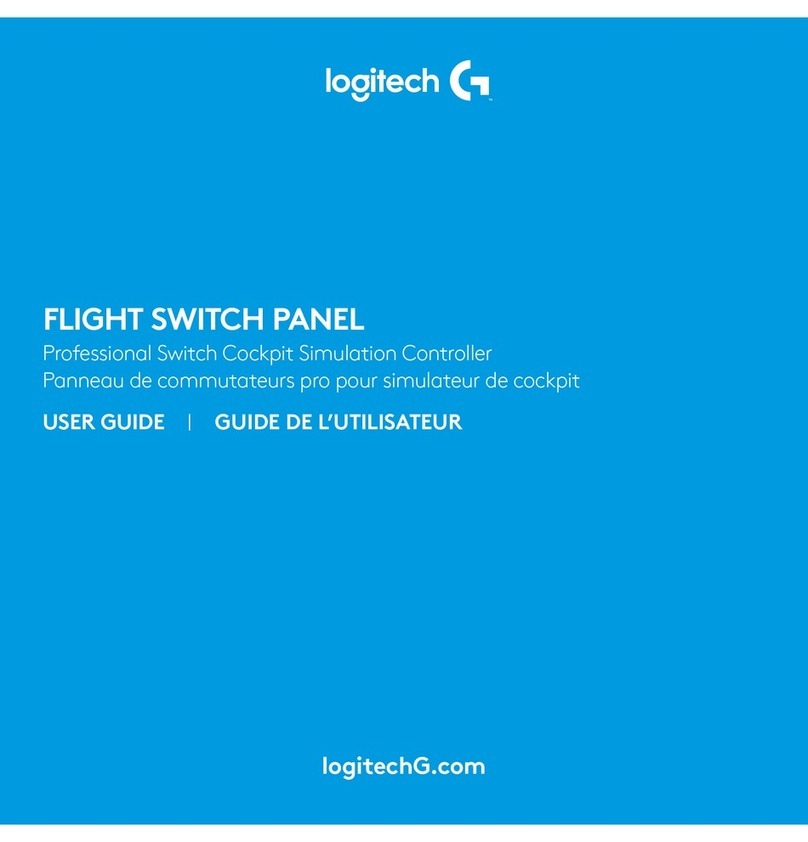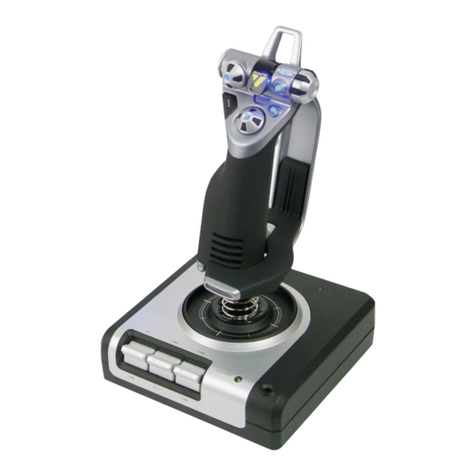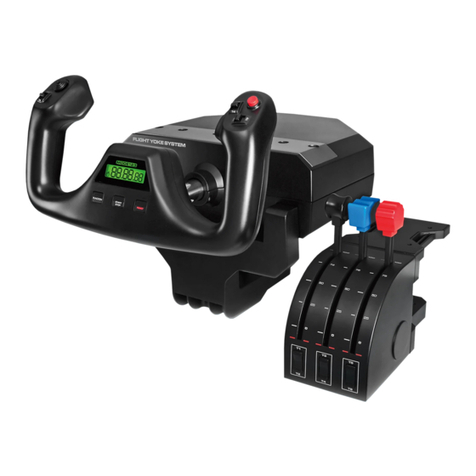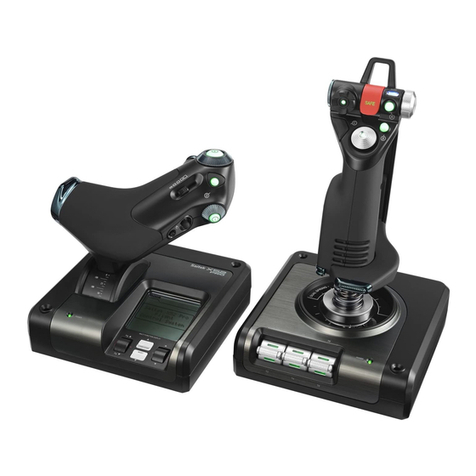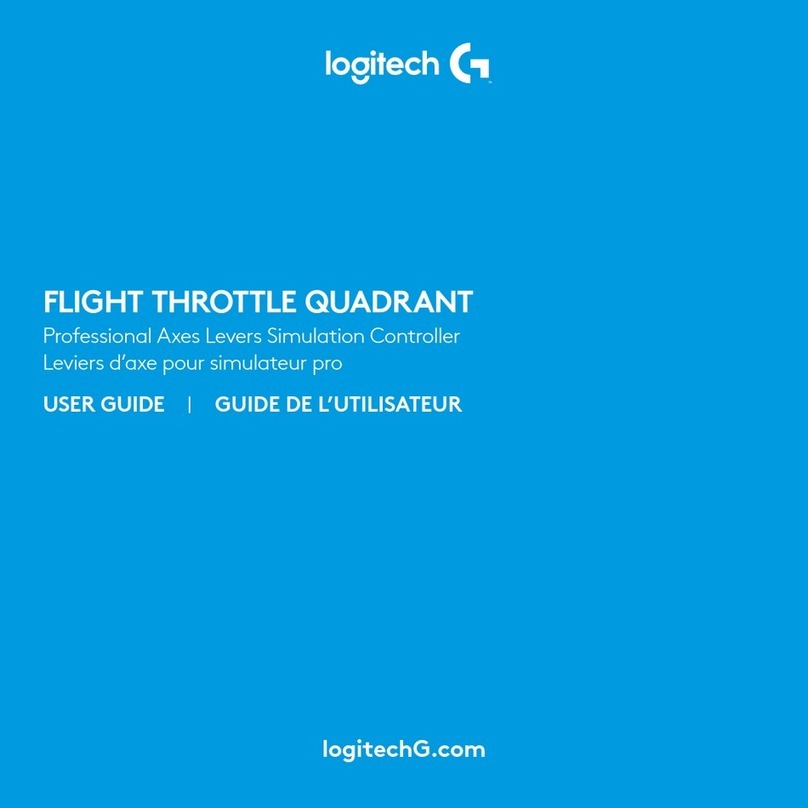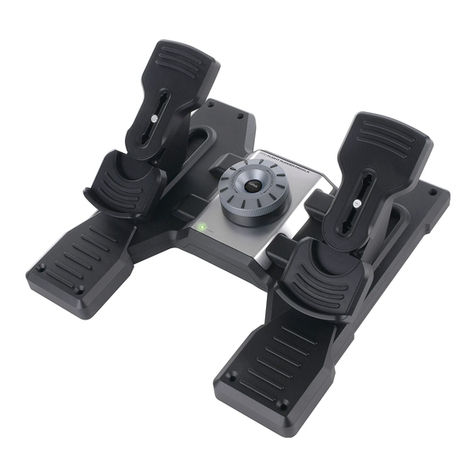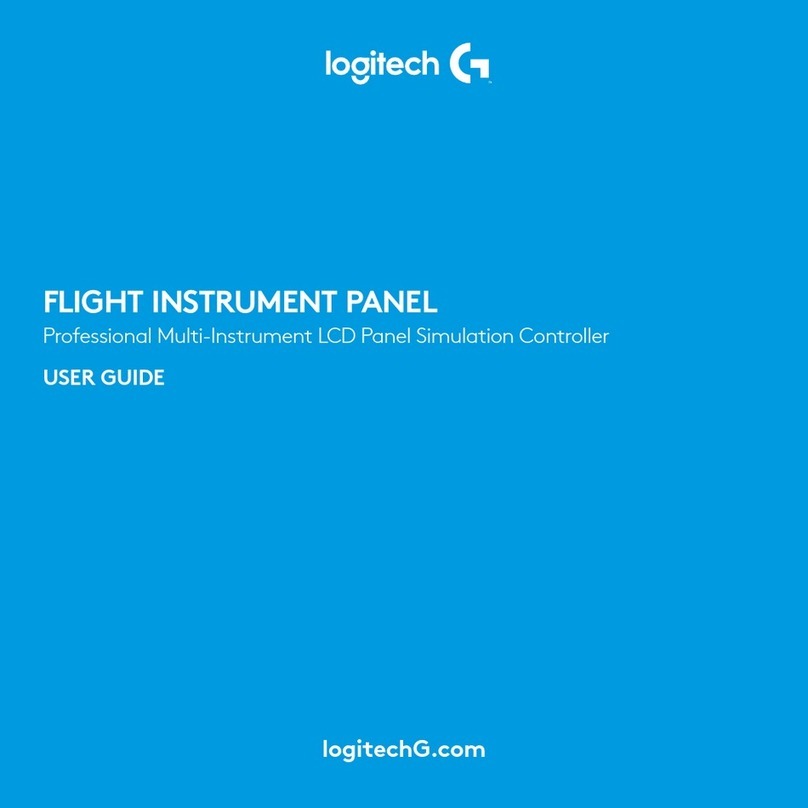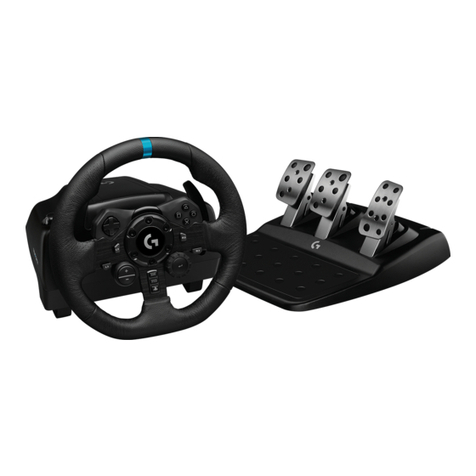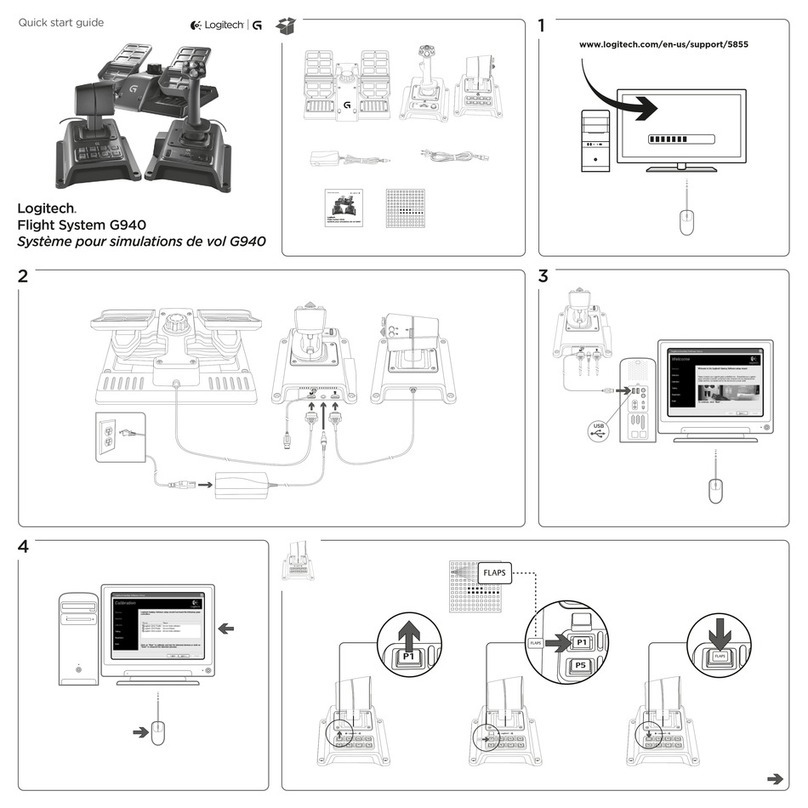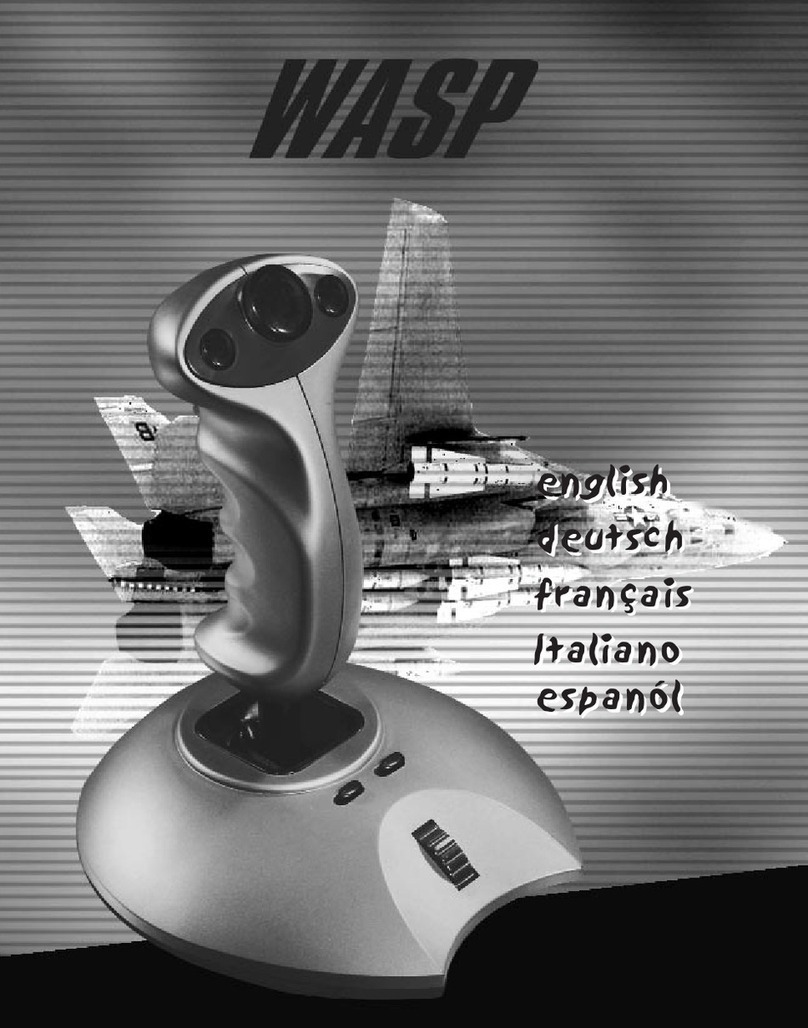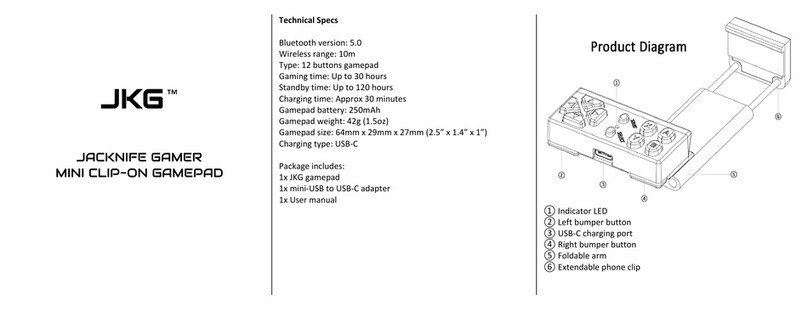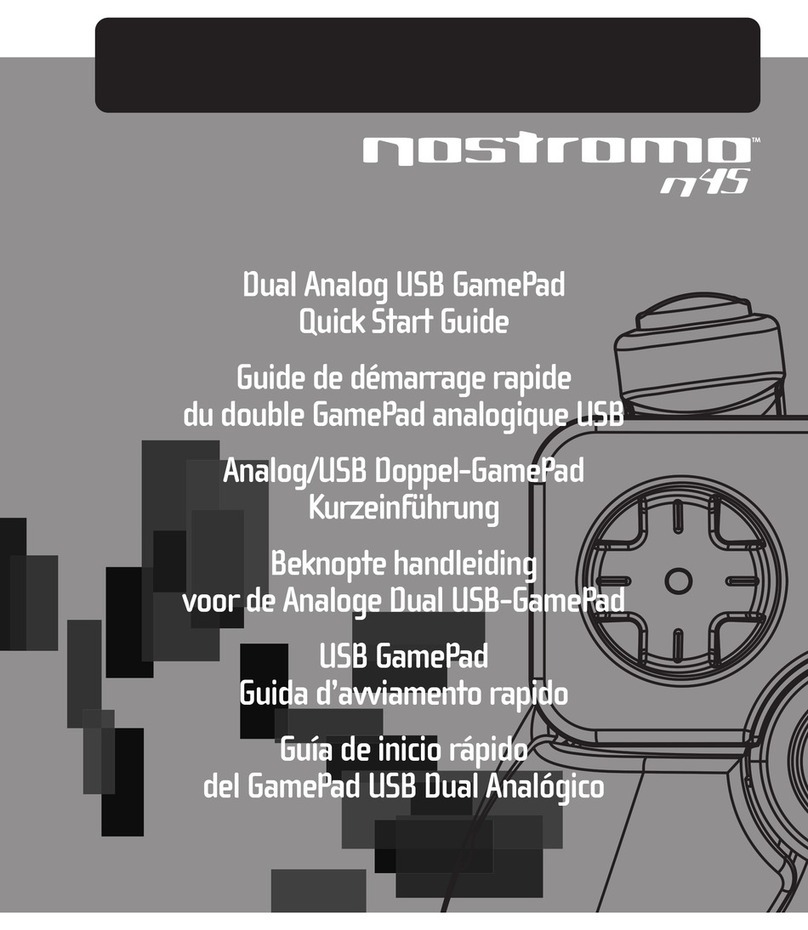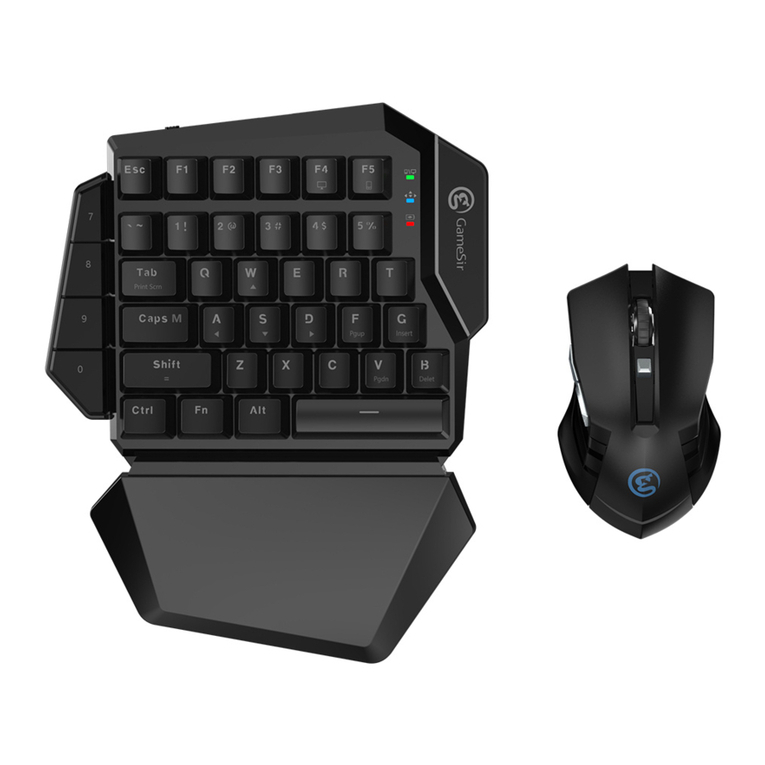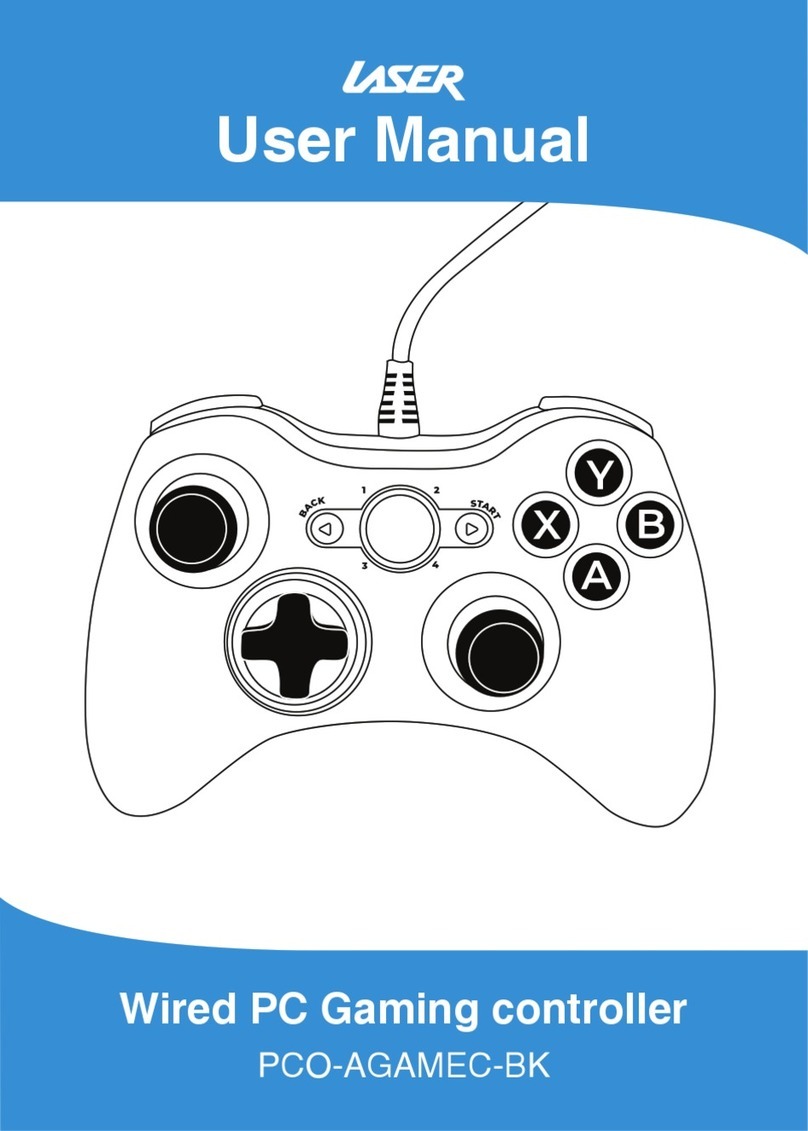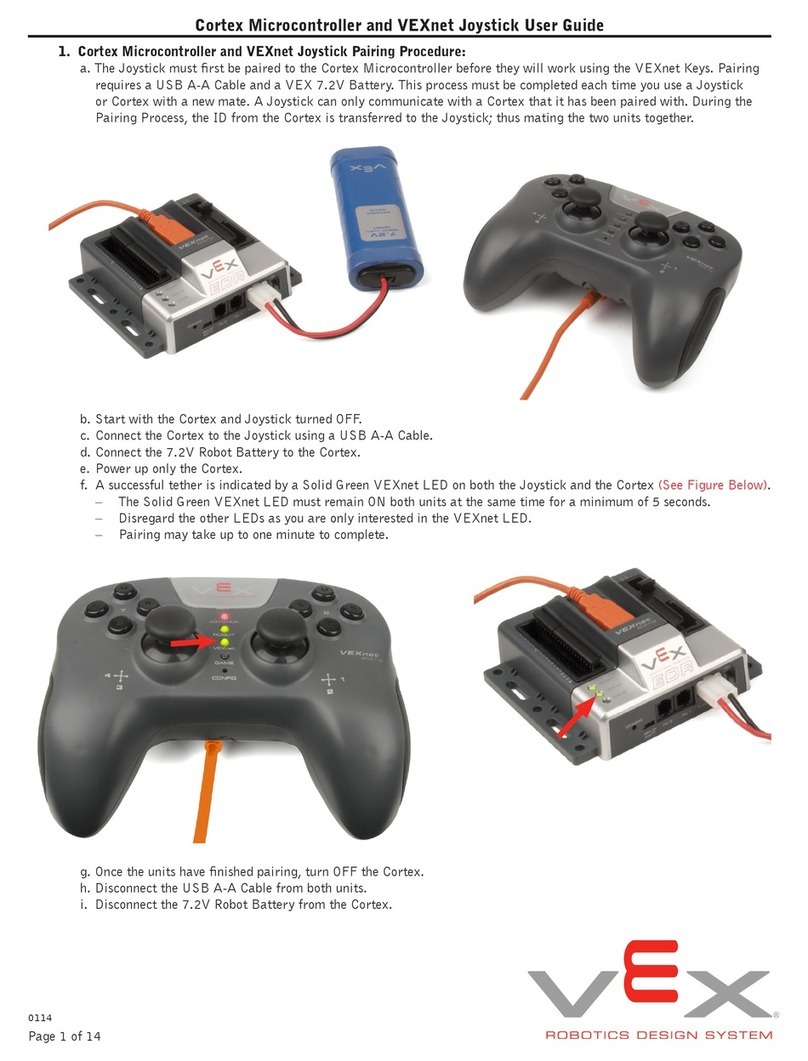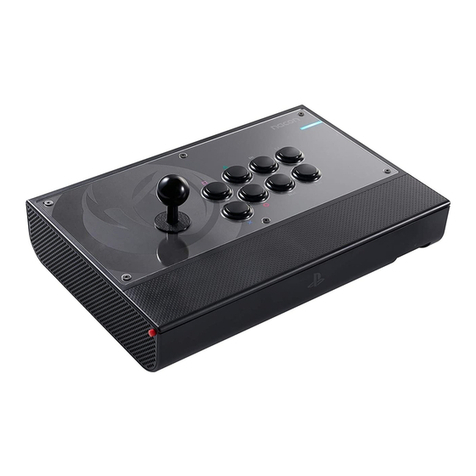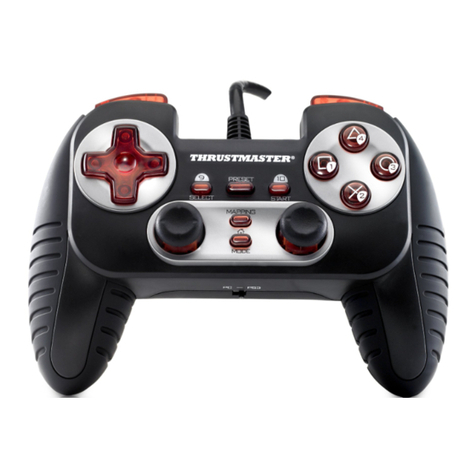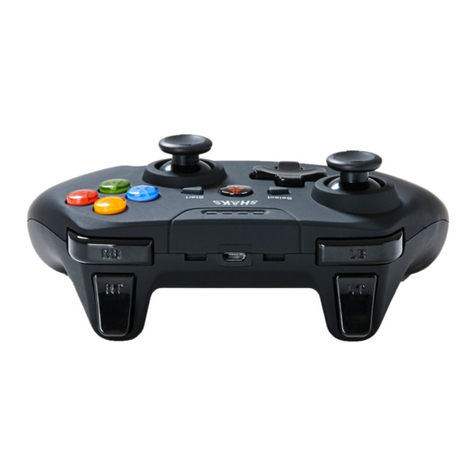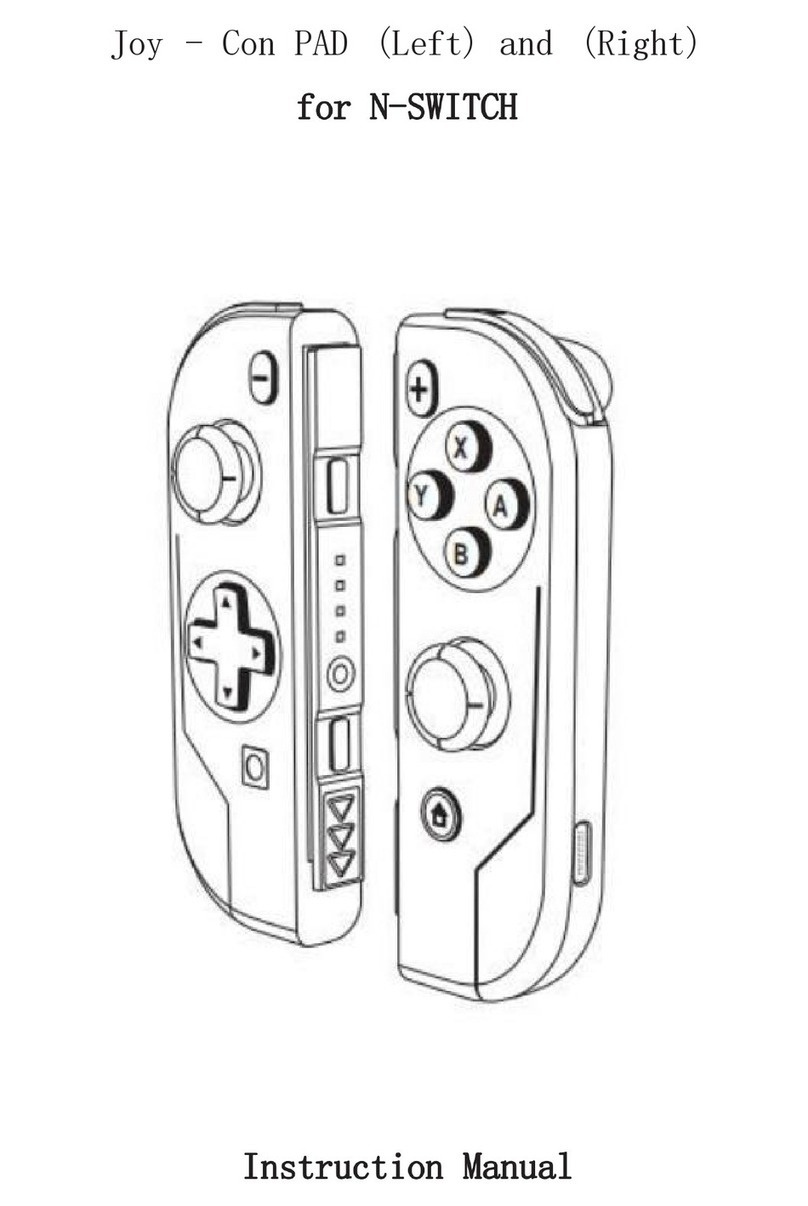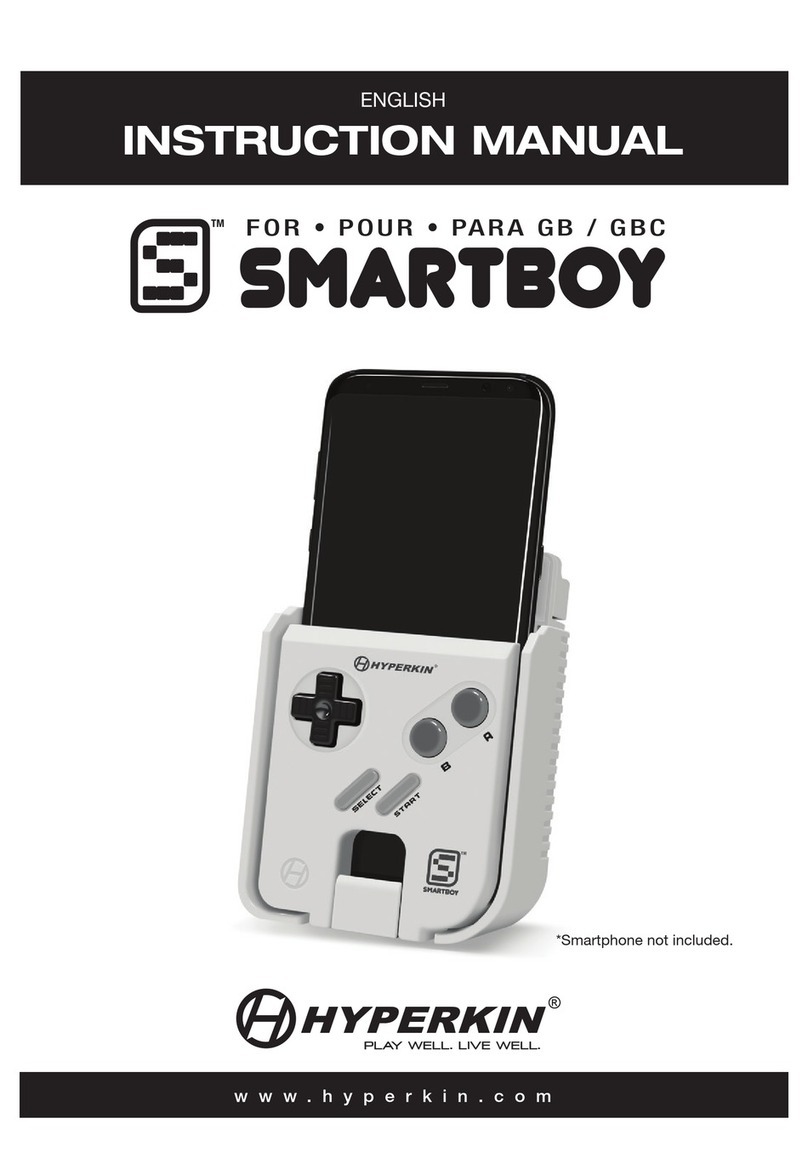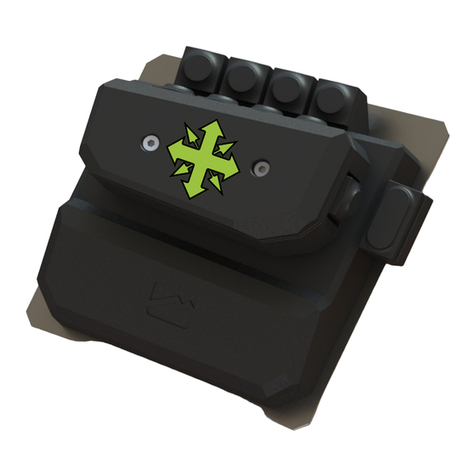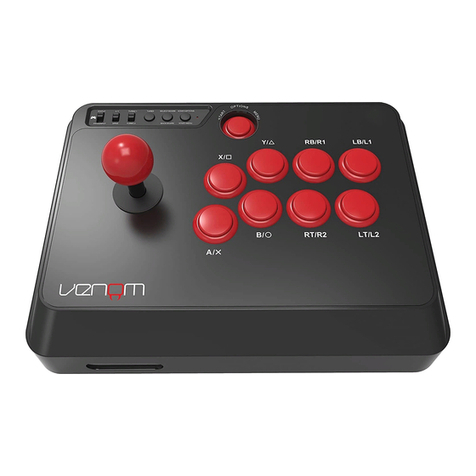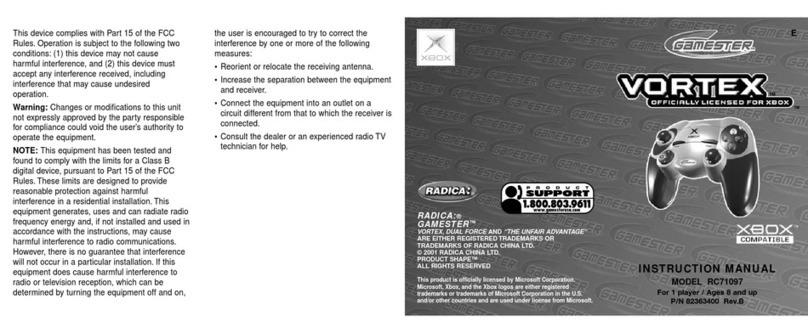English . . . . . . . . . . . . . . . . . . . . . . . . . .3
Deutsch . . . . . . . . . . . . . . . . . . . . . . . . 22
Français . . . . . . . . . . . . . . . . . . . . . . . . 41
Italiano. . . . . . . . . . . . . . . . . . . . . . . . .60
Español . . . . . . . . . . . . . . . . . . . . . . . .79
Português. . . . . . . . . . . . . . . . . . . . . . .99
Nederlands. . . . . . . . . . . . . . . . . . . . . 118
Svenska . . . . . . . . . . . . . . . . . . . . . . . 138
Dansk. . . . . . . . . . . . . . . . . . . . . . . . . 157
Norsk . . . . . . . . . . . . . . . . . . . . . . . . . 176
Suomi. . . . . . . . . . . . . . . . . . . . . . . . . 195
Ελληνικά . . . . . . . . . . . . . . . . . . . . . . . 214
По-русски . . . . . . . . . . . . . . . . . . . . . . 233
Po polsku . . . . . . . . . . . . . . . . . . . . . . 252
Magyar. . . . . . . . . . . . . . . . . . . . . . . . 272
Česká verze . . . . . . . . . . . . . . . . . . . . 292
Slovenčina . . . . . . . . . . . . . . . . . . . . . 311
Українська. . . . . . . . . . . . . . . . . . . . . .330
Eesti . . . . . . . . . . . . . . . . . . . . . . . . . .349
Latviski. . . . . . . . . . . . . . . . . . . . . . . .368
Lietuvių . . . . . . . . . . . . . . . . . . . . . . . 387
Български . . . . . . . . . . . . . . . . . . . . . .406
Hrvatski . . . . . . . . . . . . . . . . . . . . . . . 425
Srpski . . . . . . . . . . . . . . . . . . . . . . . . .444
Slovenščina . . . . . . . . . . . . . . . . . . . .463
Română . . . . . . . . . . . . . . . . . . . . . . .482
Türkçe. . . . . . . . . . . . . . . . . . . . . . . . . 501
520 . . . . . . . . . . . . . . . . . . . . . . . . .
